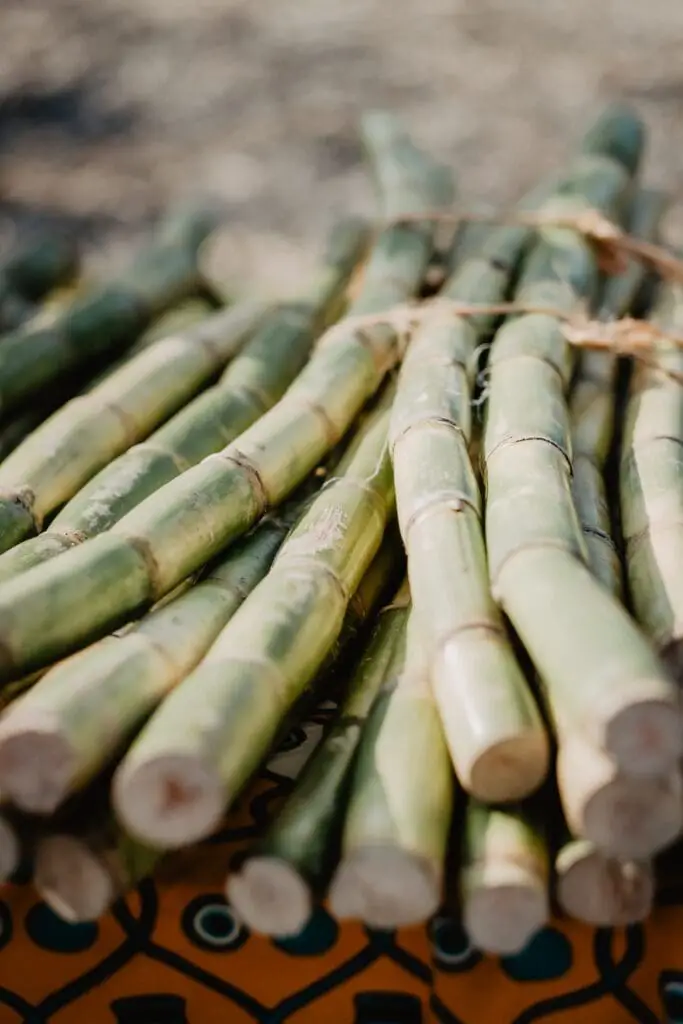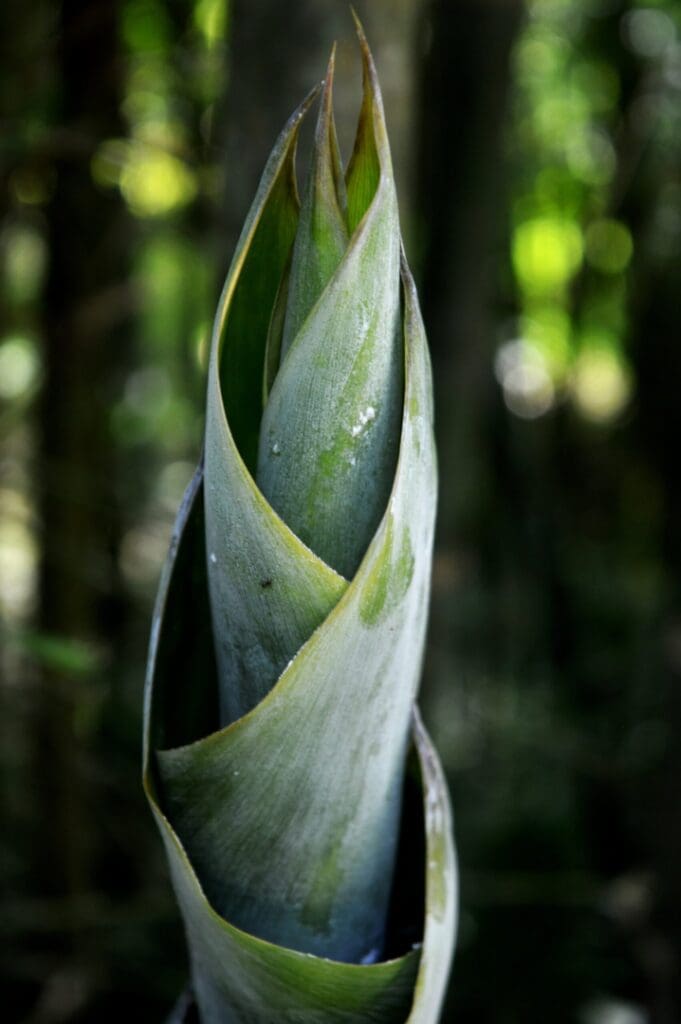Bamboo, a fast-growing and versatile plant, has been utilized for various purposes throughout history. However, a crucial question arises when considering the sustainability of bamboo harvesting: will bamboo grow back if you cut it?
This article aims to address this query by examining the growth cycle of bamboo and the factors that influence its regeneration after cutting. By understanding these processes, one can implement techniques to promote bamboo regrowth effectively.
Additionally, sustainable harvesting practices will be explored to ensure responsible utilization of this valuable resource. Through acquiring knowledge about the regenerative capabilities of bamboo and employing appropriate strategies, individuals seeking control over their bamboo cultivation can maintain a continuous supply while minimizing environmental impact.
Key Takeaways
-
Bamboo can regrow from existing rhizomes or produce new shoots from underground buds.
-
Proper pruning techniques can stimulate new shoot growth and improve overall health.
-
Adequate water, nutrients, pest control, and pruning damaged shoots can stimulate growth after cutting.
-
Sustainable harvesting practices ensure the long-term viability and ecological balance of bamboo forests.
The Growth Cycle of Bamboo
The growth cycle of bamboo involves a series of stages that include vegetative growth, culm development, and flowering.
The lifespan of bamboo varies depending on the species, with some living for several decades.
After being cut, bamboo can regrow from its existing rhizomes or produce new shoots from underground buds. This ability to regenerate makes bamboo a sustainable and renewable resource.
Regeneration of Bamboo After Cutting
Regeneration of bamboo can occur successfully following a cut, demonstrating its ability to rejuvenate and continue its life cycle.
Bamboo is known for its fast regrowth speed, with some species capable of growing up to 91 cm (36 inches) per day.
Pruning techniques such as topping or thinning can stimulate new shoot growth and improve overall health. However, it is important to note that proper pruning methods should be followed to prevent damage or excessive stress on the plant.
When pruning bamboo, it is recommended to cut the canes at an angle to prevent water from pooling on top of the cut. This can prevent disease and rot.
Additionally, it is important to prune bamboo during its active growth period, which is usually during the spring or early summer. Pruning during this time allows the plant to recover quickly and promotes healthy growth.
It is important to note that over-pruning can weaken bamboo and make it more susceptible to pests and diseases. Therefore, it is best to only prune what is necessary and avoid excessive pruning.
Proper care and maintenance, including regular pruning, can help keep bamboo healthy, promote new growth, and enhance its overall aesthetic appeal.
Factors Affecting Bamboo Regrowth
Factors such as environmental conditions, species-specific characteristics, and the extent of cutting can influence the successful regrowth of bamboo.
The ability of bamboo to regenerate after being cut is affected by factors like climate, soil quality, and sunlight availability. Additionally, different species of bamboo have varying regrowth capabilities.
To stimulate growth after cutting, methods such as providing adequate water and nutrients, controlling pests and diseases, and pruning damaged or weak shoots can be employed.
Techniques for Promoting Bamboo Growth
Promoting the growth of bamboo can be achieved through various techniques that enhance its regenerative capacity. Proper care is essential for optimal growth, including providing adequate sunlight, water, and soil nutrients.
Regular pruning helps maintain bamboo’s health by removing dead or damaged culms and promoting the growth of new ones.
By implementing these techniques, one can ensure successful bamboo regrowth.
Sustainable Harvesting Practices
Sustainable harvesting practices play a crucial role in ensuring the long-term viability and ecological balance of bamboo forests. By implementing these practices, biodiversity benefits are maintained as the forest ecosystem remains intact.

Bamboo can be selectively harvested, allowing for regrowth and preventing depletion. This ensures a continuous supply of bamboo for various industries, such as construction and paper production, thus having a positive economic impact on local communities reliant on this resource.
Frequently Asked Questions
Q: Will Bamboo Grow Back If You Cut It?
A: Yes, bamboo will grow back if you cut it.
Q: How do you cut bamboo?
A: To cut bamboo, you can use pruning shears or a handsaw to trim the stalks at ground level.
Q: What happens when you cut bamboo?
A: When you cut bamboo, new shoots will emerge from the nodes on the stalks. These shoots will eventually grow into new bamboo plants.
Q: Can you regrow bamboo?
A: Yes, you can regrow bamboo by cutting the stalks and allowing new shoots to grow from the cut areas.
Q: How long does it take for bamboo to grow back?
A: Bamboo can grow back in a matter of weeks or months, depending on the variety and growing conditions.
Q: What is the difference between clumping bamboo and running bamboo?
A: Clumping bamboo tends to stay in one place and spread slowly, while running bamboo can spread quickly and be more invasive.
Q: How do you get rid of bamboo?
A: To get rid of bamboo, you can cut the stalks at ground level and remove the root system. It may require ongoing maintenance to keep it from growing back.
Q: Can you use bamboo cuttings to grow new plants?
A: Yes, you can use bamboo cuttings to grow new plants. Place the cuttings in water or soil, and they will root and grow into new bamboo plants.
Q: How do you propagate bamboo?
A: Bamboo can be propagated through various methods, such as using cuttings, dividing clumps, or planting seeds.
Conclusion
In conclusion, bamboo has a unique growth cycle that allows it to regenerate after being cut. The regrowth process is influenced by various factors such as species, climate conditions, and soil quality.
To promote bamboo growth, techniques like proper pruning, fertilization, and watering can be implemented. It is important to practice sustainable harvesting practices to ensure the long-term viability of bamboo forests.
By understanding the regrowth potential of bamboo and implementing appropriate techniques, we can harness its benefits in a responsible manner for various purposes.

